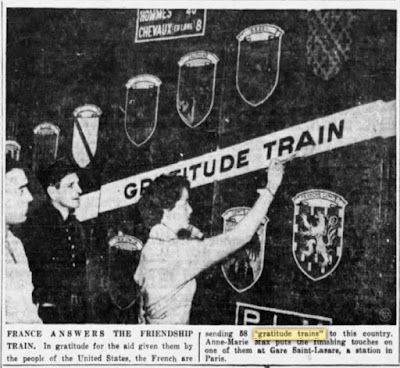Left on State St., which becomes the
Line Road, to the junction with an improved road, 0.8 m.; L. here to the Barn
of E. Guy Hastings, 1 m., in the loft of which old-time square dances are often
held on Friday nights during the fall and winter months. (Visitors welcome
either as dancers or spectators; many offer contributions for music.) The place
is in no sense a roadhouse, and nothing is sold. Mr. and Mrs. Hastings hold the
dances as community affairs because of their interest in keeping up the old
customs, and often call the figures themselves.
Above from the book The Ocean Highway : New Brunswick, New
Jersey to Jacksonville, Florida 1938
Ernest Guy Hastings (1879-1958) and
Sallie Amelia Ward Hastings lived about
2 miles east of Delmar. They had one
daughter; Etta Ward Hastings (1905-1987).
The newspapers always mentioned their names in association with meetings and get to gathers
at their home.
























